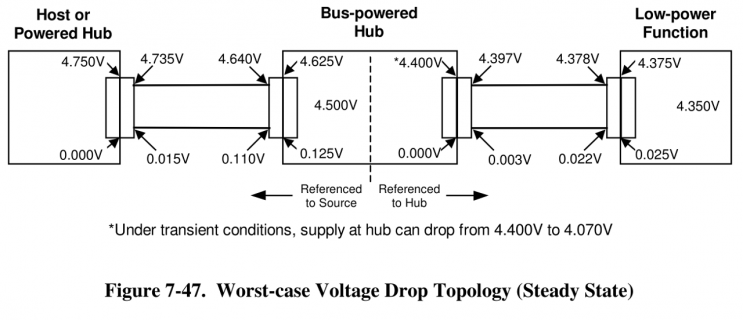I'm VERY new to the Teensy.
Thinking about the Teensy 2.0 ++. Just found out about it today. Looks really cool. (BTW - hate the newbie term but if that's what I am, so be it)
Anyway - I'd like to update eight 12 bit analog outputs at a rate of about 40 Hz with various software table lookups per output. I'd also need background time for up to 4 A/D reads, a couple bit inputs and at least one interrupt.
I'd love some comments & suggestions on how I might do this - and if it's even possible.
Will this CPU handle this in C? Are the (filtered) PWM outputs up to the task? Should I use external DACs ? Could they handle the SPI throughput?
Has anyone been down a similar road? Feel free to ask questions.
Thinking about the Teensy 2.0 ++. Just found out about it today. Looks really cool. (BTW - hate the newbie term but if that's what I am, so be it)
Anyway - I'd like to update eight 12 bit analog outputs at a rate of about 40 Hz with various software table lookups per output. I'd also need background time for up to 4 A/D reads, a couple bit inputs and at least one interrupt.
I'd love some comments & suggestions on how I might do this - and if it's even possible.
Will this CPU handle this in C? Are the (filtered) PWM outputs up to the task? Should I use external DACs ? Could they handle the SPI throughput?
Has anyone been down a similar road? Feel free to ask questions.


